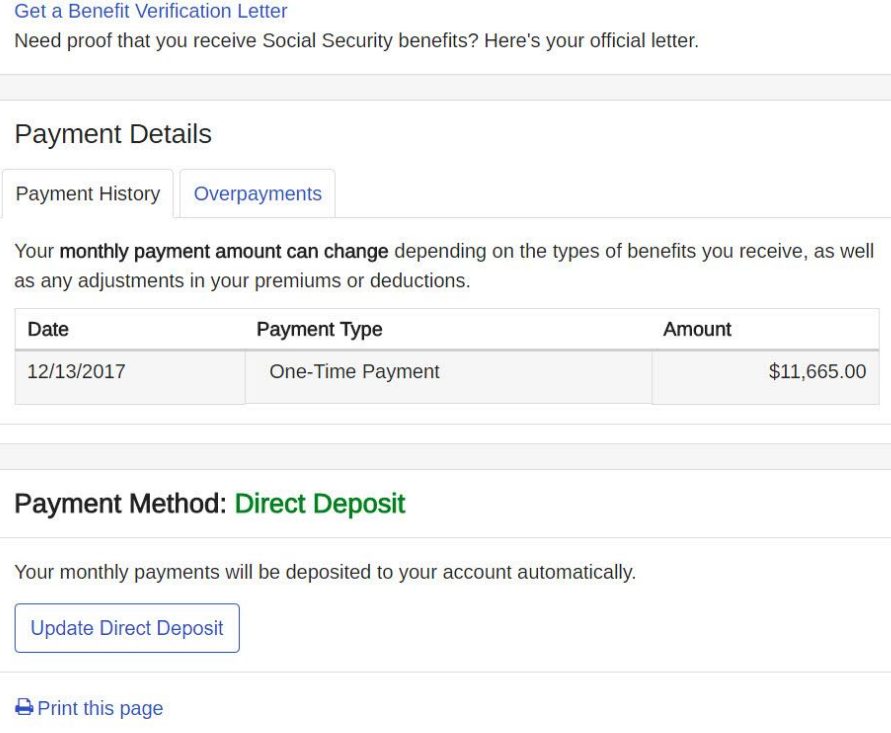In December 2017, the U.S. Department of Justice announced indictments and guilty pleas by three men in the United States responsible for creating and using Mirai, a malware strain that enslaves poorly-secured “Internet of Things” or IoT devices like security cameras and digital video recorders for use in large-scale cyberattacks.
The FBI and the DOJ had help in their investigation from many security experts, but this post focuses on one expert whose research into the Dark Web and its various malefactors was especially useful in that case. Allison Nixon is director of security research at Flashpoint, a cyber intelligence firm based in New York City. Nixon spoke with KrebsOnSecurity at length about her perspectives on IoT security and the vital role of law enforcement in this fight.
Brian Krebs (BK): Where are we today with respect to IoT security? Are we better off than were a year ago, or is the problem only worse?
Allison Nixon (AN): In some aspects we’re better off. The arrests that happened over the last year in the DDoS space, I would call that a good start, but we’re not out of the woods yet and we’re nowhere near the end of anything.
BK: Why not?
AN: Ultimately, what’s going with these IoT botnets is crime. People are talking about these cybersecurity problems — problems with the devices, etc. — but at the end of the day it’s crime and private citizens don’t have the power to make these bad actors stop.
BK: Certainly security professionals like yourself and others can be diligent about tracking the worst actors and the crime machines they’re using, and in reporting those systems when it’s advantageous to do so?
AN: That’s a fair argument. I can send abuse complaints to servers being used maliciously. And people can write articles that name individuals. However, it’s still a limited kind of impact. I’ve seen people get named in public and instead of stopping, what they do is improve their opsec [operational security measures] and keep doing the same thing but just sneakier. In the private sector, we can frustrate things, but we can’t actually stop them in the permanent, sanctioned way that law enforcement can. We don’t really have that kind of control.
BK: How are we not better off?
AN: I would say that as time progresses, the community that practices DDoS and malicious hacking and these pointless destructive attacks get more technically proficient when they’re executing attacks, and they just become a more difficult adversary.
BK: A more difficult adversary?
AN: Well, if you look at the individuals that were the subject of the announcement this month, and you look in their past, you can see they’ve been active in the hacking community a long time. Litespeed [the nickname used by Josiah White, one of the men who pleaded guilty to authoring Mirai] has been credited with lots of code. He’s had years to develop and as far as I could tell he didn’t stop doing criminal activity until he got picked up by law enforcement.
BK: It seems to me that the Mirai authors probably would not have been caught had they never released the source code for their malware. They said they were doing so because multiple law enforcement agencies and security researchers were hot on their trail and they didn’t want to be the only ones holding the source code when the cops showed up at their door. But if that was really their goal in releasing it, doing so seems to have had the exact opposite effect. What’s your take on that?
AN: You are absolutely, 100 million percent correct. If they just shut everything down and left, they’d be fine now. The fact that they dumped the source was a tipping point of sorts. The damages they caused at that time were massive, but when they dumped the source code the amount of damage their actions contributed to ballooned [due to the proliferation of copycat Mirai botnets]. The charges against them specified their actions in infecting the machines they controlled, but when it comes to what interested researchers in the private sector, the moment they dumped the source code — that’s the most harmful act they did out of the entire thing.
BK: Do you believe their claimed reason for releasing the code?
AN: I believe it. They claimed they released it because they wanted to hamper investigative efforts to find them. The problem is that not only is it incorrect, it also doesn’t take into account the researchers on the other end of the spectrum who have to pick from many targets to spend their time looking at. Releasing the source code changed that dramatically. It was like catnip to researchers, and was just a new thing for researchers to look at and play with and wonder who wrote it.
If they really wanted to stay off law enforcement’s radar, they would be as low profile as they could and not be interesting. But they did everything wrong: They dumped the source code and attacked a security researcher using tools that are interesting to security researchers. That’s like attacking a dog with a steak. I’m going to wave this big juicy steak at a dog and that will teach him. They made every single mistake in the book.
BK: What do you think it is about these guys that leads them to this kind of behavior? Is it just a kind of inertia that inexorably leads them down a slippery slope if they don’t have some kind of intervention?
AN: These people go down a life path that does not lead them to a legitimate livelihood. They keep doing this and get better at it and they start to do these things that really can threaten the Internet as a whole. In the case of these DDoS botnets, it’s worrying that these individuals are allowed to go this deep before law enforcement catches them. Continue reading →
 Adobe said a critical vulnerability (CVE-2018-4878) exists in Adobe Flash Player 28.0.0.137 and earlier versions. Successful exploitation could allow an attacker to take control of the affected system.
Adobe said a critical vulnerability (CVE-2018-4878) exists in Adobe Flash Player 28.0.0.137 and earlier versions. Successful exploitation could allow an attacker to take control of the affected system.







 Countless organizations rely on a hodgepodge of security software, hardware and services to find and detect cybersecurity intrusions before an incursion by malicious software or hackers has the chance to metastasize into a full-blown data breach.
Countless organizations rely on a hodgepodge of security software, hardware and services to find and detect cybersecurity intrusions before an incursion by malicious software or hackers has the chance to metastasize into a full-blown data breach.




